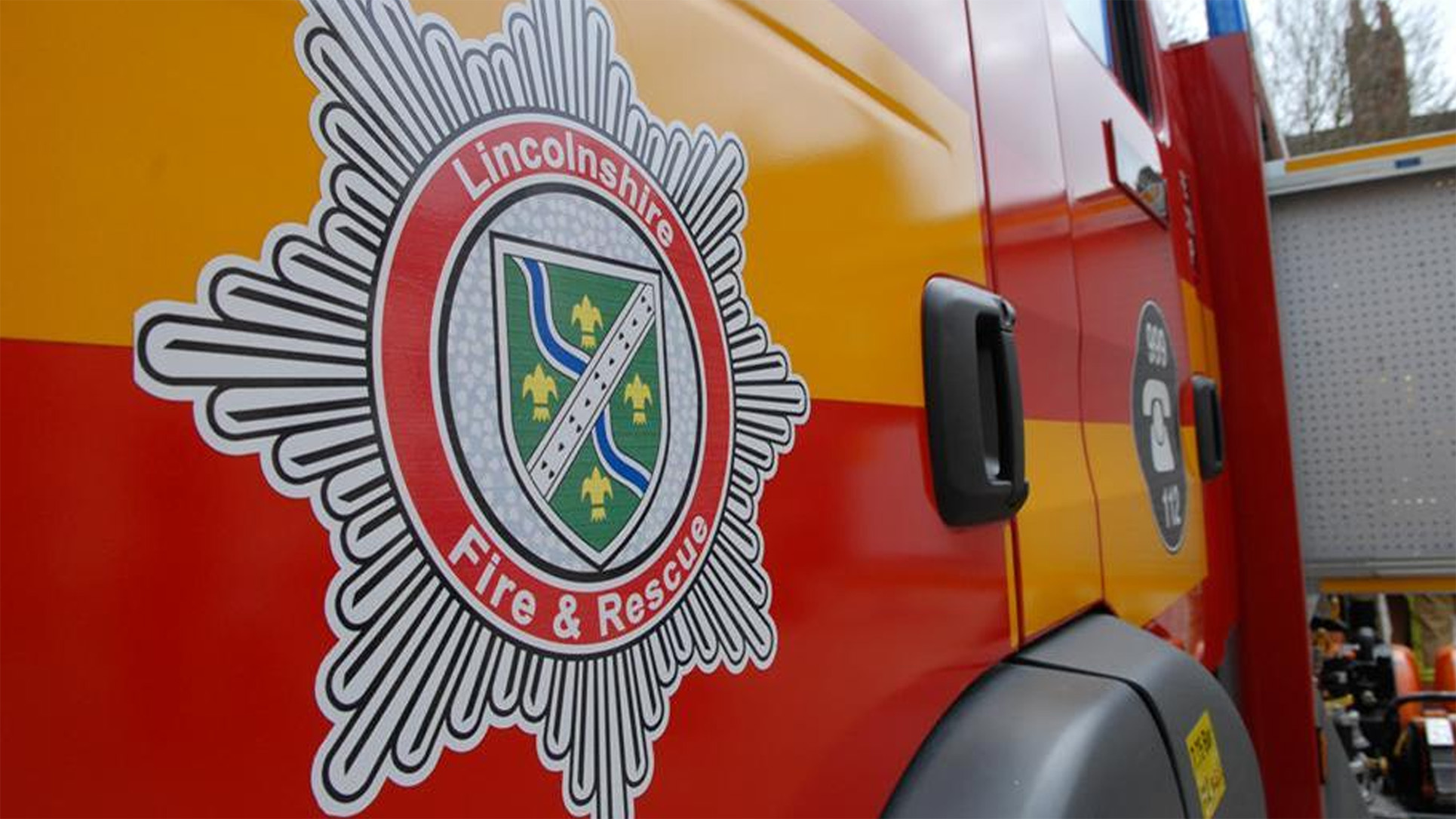
Last year Lincolnshire Fire and Rescue asked residents what they thought were the biggest risks to their safety.
These views and incident data from Lincolnshire and the UK, has been used to list the biggest risks to Lincolnshire communities.
Chief Fire Officer Mark Baxter, said: “Thanks to everyone who has joined in so far, we know lots of you wanted to find out more! We’ve now got a priority list and want to know if you agree or disagree with it. You can simply tell us what you think the biggest risk to Lincolnshire is, or if you have a few more minutes you can make your own priority list.”
Visit Let's Talk Lincolnshire to rate the risks. Everyone who fills in the survey can choose to be entered into a draw to win a shopping voucher.
Assistant Chief Fire Officer Ryan Stacey, added: “Look out for the full community risk plan that we will be producing at the end of the year. This is a really detailed look at how we reduce the risk of fires and other emergencies in the county, and help keep everyone safe.”
Each risk is ranked from 1 (minor impact and unlikely) to 25 (catastrophic impact and very likely to happen).
| Risk | Average annual incidents attended* | Impact** | % of public who identified this risk*** | Our score |
|---|---|---|---|---|
| Risk: Road traffic collisions, for example a car accident | Average annual incidents attended*: 567 | Impact**: Few deaths but high personal impact | % of public who identified this risk***: 77% | Our score: 15 |
| Risk: Dwelling fires or house fire in a private property/home | Average annual incidents attended*: 366 | Impact**: Few deaths but high personal impacts | % of public who identified this risk***: 63% | Our score: 15 |
| Risk: Terrorist or deliberate attack in a public place | Average annual incidents attended*: 1 | Impact**: Small number but potential to be large scale | % of public who identified this risk***: 4% | Our score: 12 |
| Risk: Flooding, on the coast or caused by sudden heavy rain or severe weather | Average annual incidents attended*: 131 | Impact**: Few deaths but economic and personal costs | % of public who identified this risk***: 33 | Our score: 12 |
| Risk: Wildfires, result of very dry weather or out-of-control campfire for example | Average annual incidents attended*: 45 | Impact**: Incidents tend to use a lot of resources and can be costly | % of public who identified this risk***: 29% | Our score: 9 |
| Risk: Non-domestic fires that happen on business premises (not at home) | Average annual incidents attended*: 149 | Impact**: Few deaths but significant costs to economy | % of public who identified this risk***: - | Our score: 9 |
| Risk: Waste recycling centre fires where lots of waste is stored/processed | Average annual incidents attended*: 10 | Impact**: Incidents tend to use a lot of resources and can be costly | % of public who identified this risk***: 17% | Our score: 9 |
| Risk: Heritage fires in historic buildings or with valuable items, such as artwork | Average annual incidents attended*: 34 | Impact**: Many heritage buildings, loss can be significant in communities | % of public who identified this risk***: 6% | Our score: 8 |
| Risk: Health and wellbeing, for example attending a medical emergency | Average annual incidents attended*: 4088 | Impact**: Not a core fire service role but high incidents | % of public who identified this risk***: 37% | Our score: 5 |
| Risk: Deliberate fires or arson, usually small, contained fires | Average annual incidents attended*: 447 | Impact**: Incidents mostly minor and impact low, but disruptive | % of public who identified this risk***: 37% | Our score: 5 |
| Risk: High-rise fires in one of the 19 high rise blocks in Lincolnshire | Average annual incidents attended*: 2 | Impact**: Few in the county and all comply with safety requirements | % of public who identified this risk***: 9% | Our score: 4 |
| Risk: Water risks inland where someone is in a river for example | Average annual incidents attended*: 17 | Impact**: Low incidents | % of public who identified this risk***: 0.2% | Our score: 3 |
* Average over last 5 years in Lincolnshire
** From a scale of 1 (minor) to 5 (catastrophic)
***As identified in phase one of this project
